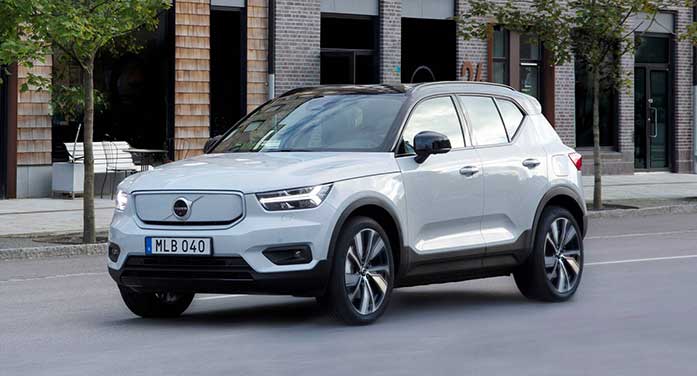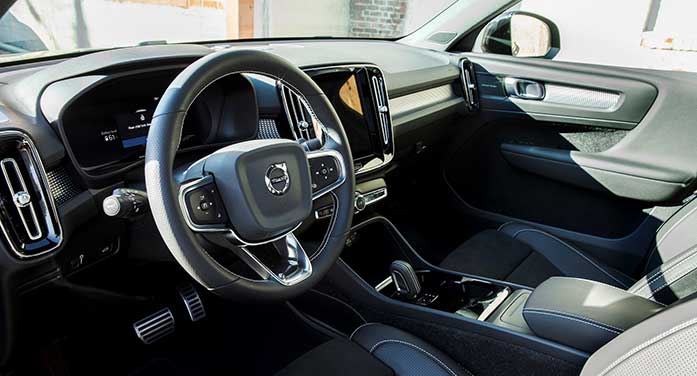 We all know that electric cars are pollution-free, efficient, thrifty, ecologically sound and cheap to operate. But they can also be surprisingly fast.
We all know that electric cars are pollution-free, efficient, thrifty, ecologically sound and cheap to operate. But they can also be surprisingly fast.
A video is making the rounds on YouTube and Facebook that shows a Tesla Model S going up against Corvettes, Vipers, Ferraris, etc., at a quarter-mile dragstrip – and leaving them all for dead.
And one of the fastest cars through the quarter-mile these days is a homemade conversion, a 50-year old all-electric Datsun 1000 propelled by a hellaciously powerful electric motor that can hurtle it down the track at speeds up to 240 km/h.
Because they deliver instant power with no spooling up, electric vehicles can be shockingly quick when the pedal hits the metal. As a diehard petrol-head of my acquaintance puts it: “It’s one of the few things I like about them.”
He’d love the new all-electric 2022 Volvo XC40 Recharge. Yes, it’s all that an electric car should be, but it’ll snap your head back when you press the accelerator, with immediate reserve power and hot-rod-calibre performance.
That performance comes from two electric motors, one for the front wheels and the other for the back. Together, they deliver 408 horsepower, and that, according to Volvo, is enough to send the XC40 Recharge from zero to freeway speed in under five seconds and give it a top speed of about 180 km/h.

The Volvo XC40 Recharge is all that an electric car should be, but with hot-rod-calibre performance
The first time I experienced this instant rush of power, it caught me by surprise – electric cars aren’t supposed to be this fast.
But the XC40 Recharge is, and amply demonstrates how far carmakers have come in terms of electric technology.
A few other observations about the XC40 Recharge:
- There’s no key, just a fob. As soon as you get in the car, it’s ready to go – no push-button start. I’m surprised this little bit of technology hasn’t arrived sooner. I like it.
- Volvo insists on retaining its pointless and cumbersome two-tap shifter setup. I first experienced this on the XC60 and really grew to dislike it. Ditto with the XC40 Recharge – I just don’t see the point of it. It makes parking and driving around the city more aggravating.
- Recharge time is a little slow if you’re relying on a conventional 110-volt house plug. By my calculation, it took over eight hours to recharge the battery from 61 per cent to 79 per cent, and another eight hours to bring it to 89 per cent. Volvo claims you can accomplish this in eight hours, from a flat battery to 100 per cent. That wasn’t my experience. A 240-volt quick charge, on the other hand, will bring the battery up to snuff in just over half an hour, according to Volvo.
- Driving range is set at just over 400 km, in the city in optimum weather. Cold-weather driving brings this down to 210 km. Presumably, this is due to all the accessories – heater, heated seats, heated steering wheel, etc. – being used. Highway driving is about 300 km in nice weather, 220 km if it’s winter.
- A little dash readout tells the driver exactly how much juice is left in the battery. It’s uncomplicated and easy to reference.
- Like a lot of upscale cars these days, the XC40 Recharge has cameras in abundance. My favourite is the top-down view that allows you to see the car as though there’s a drone hovering above it. This is entertaining and useful, particularly when it comes to parallel parking.
- There doesn’t appear to be an AM radio setting, an annoying trend with car manufacturers. AM radio may be old school, but it still delivers traffic and weather information promptly and efficiently. I wouldn’t own a car that doesn’t have AM radio.

Driving range is set at just over 400 km in the city in optimum weather. Cold-weather driving brings this down to 210 km, presumably, due to all the accessories in use – heater, heated seats, heated steering wheel, etc.
Ultimately, though, the XC40 Recharge is probably my favourite electric car. It’s relatively easy to get along with, practical, comfortable – and goes like a bat out of hell.
Unfortunately, none of this comes cheap. Be prepared to cough up just under $60,000 for the base model, going up to almost $71,000 for the loaded Ultimate. That’s before taxes, levies and other extras, as well as various government subsidies and rebates. In my province – B.C. – the rebate is almost $13,000 for fully electric vehicles.
Ted Laturnus has been an automotive journalist since 1976. He was named Canadian Automobile Journalist of the Year twice and is past president of the Automobile Journalists Association of Canada (AJAC). For interview requests, click here.
The opinions expressed by our columnists and contributors are theirs alone and do not inherently or expressly reflect the views of our publication.
© Troy Media
Troy Media is an editorial content provider to media outlets and its own hosted community news outlets across Canada.


